Introduction
One of the most common enquiries we get asked is how to effectively insulate a single skin masonry wall or how to rectify one that has moisture or sinister odours emerging from behind the plasterboard lining. Since NCC 2016 Amendment 1 clarified the requirement for all elements of type A and type B wall construction to be non-combustible, including the insulation, we are seeing more drawings of what we have dubbed the “WALL OF DEATH.”
The final nail in the coffin for the wall of death, hopefully is the more stringent requirements of the NCC 2019 Section J and the introduction of Part F6 Condensation Management. Using external continuous insulation to manage thermal bridging and condensation is no longer a luxury item for those designers who demand performance, or who have experienced the consequences of ignoring condensation risks. The requirements of the NCC 2019 are driving change for the better good.
The Wall of Death
If we don’t care what type of insulation we use or where it goes, the path of least resistance and lowest build cost might be to build a steel frame on the interior side of the masonry wall, and fill up the space with nice fluffy fibre insulation, whack on the plasterboard and walk away.
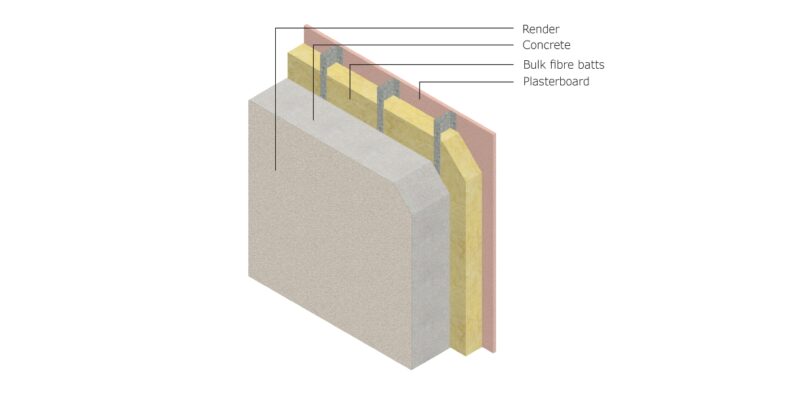
Figure 1. The Wall of Death
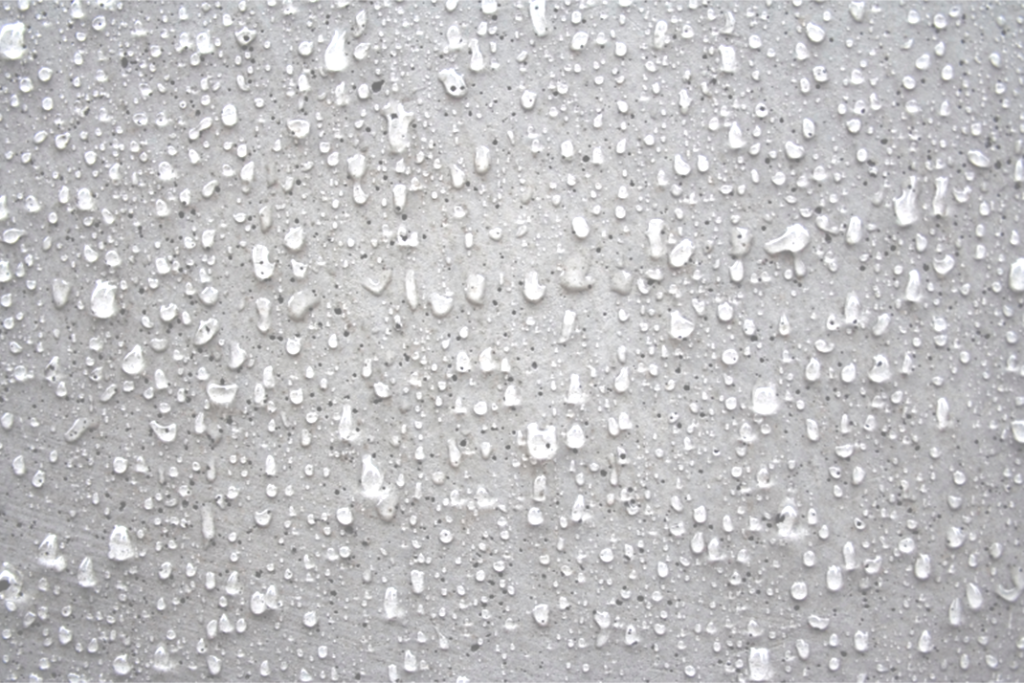
The problem is that while insulation is effective in reducing the cost of keeping the indoor temperature nice and comfortable, it also means that the internal face of the masonry wall is maintained at closer to outside temperature. In temperate and cool climates where condensation is commonly seen on the inside face of non-thermally broken window frames and single glazing, condensation could also be forming unseen on the cold surface of the masonry wall where moisture can build up over the winter months resulting in all sorts of health and amenity problems for occupants, and financial and reputational damage to those responsible for designing and constructing these buildings.
In Figure 2 below, where the red line represents temperature and the blue line represents dew point temperature, condensation is predicted to occur at interfaces where the two lines meet.

Figure 2. The Wall of Death Condensation Profile
The Wall of Slow Death
So what if we try to prevent the indoor vapour from reaching the cold condensing surface of the concrete? The obvious solution would be to put a vapour barrier across the interior face of the insulation.

Figure 3. Wall of Slow Death
If steady state modelling of condensation risk analysis can be calculated to reduce risk or “make this work on paper” what is the problem? In the words of popular building scientist Joe Lstiburek,
“Well, the cladding is easy to make almost perfectly airtight and the interior lining is almost impossible to make airtight…..Everyone knows you can’t seal plastic sheets on the inside of wall assemblies and make them airtight. Apparently, not everyone. Just folks who build them. Not folks who design the damn things or write specifications. And, apparently, not folks who do many of the calculations.” ¹
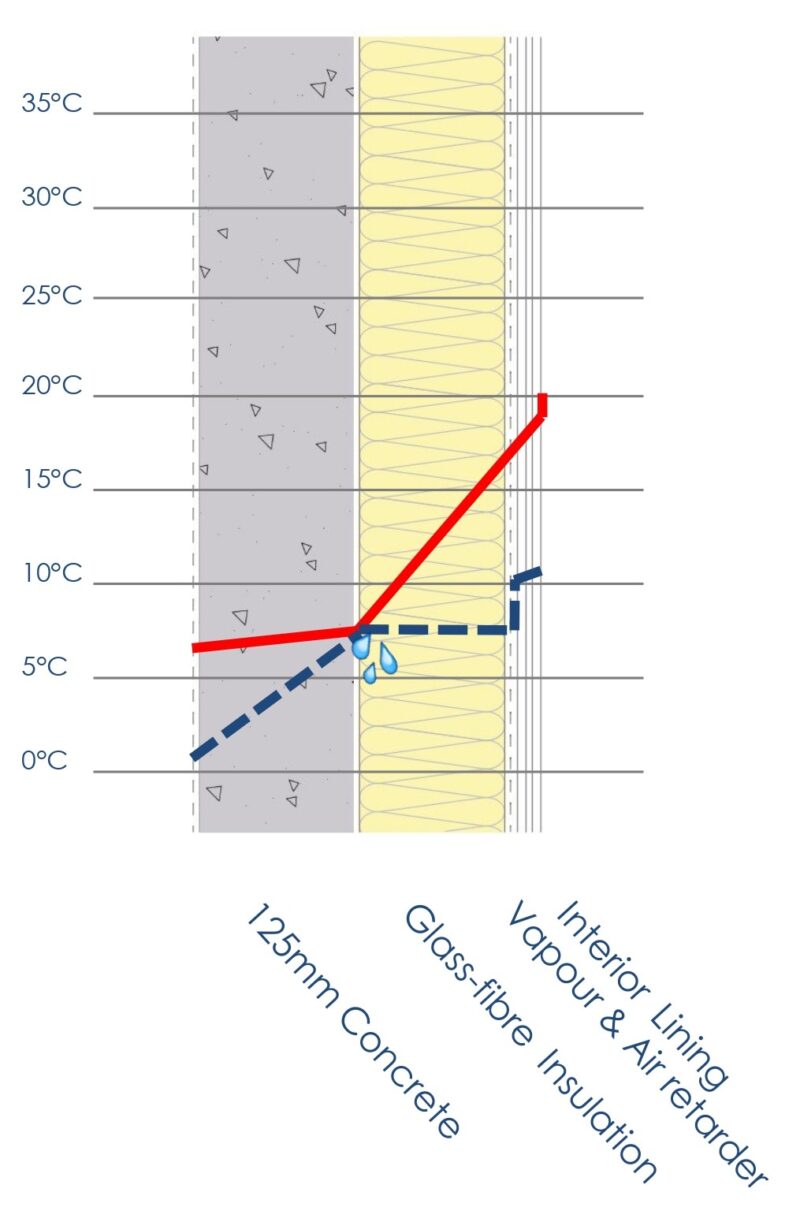
Figure 4. Wall of Slow Death Condensation Profile
To make this work, the reliance on detailing, installation, workmanship, management of different trades and durability of materials is huge. Over the life of the building there will be times when; (1) water gets in past the exterior finishing through external leaks under high wind pressure; and (2) vapour and air pressure differentials transport vapour past the internal lining and vapour retarder. Because the same degree of pressure won’t occur inside the wall, there is little opportunity to dry it out.
Rather than focusing on trying to stop vapour from going where the forces of nature want it to go, instead focus on drying potential to deal with the inevitable.
The wall of slow death, is also known as the vapour barrier sandwich because it contains a combination of porous and moisture sensitive materials wrapped up on all sides by vapour tight materials. Even vacuum packed food has a shelf life !
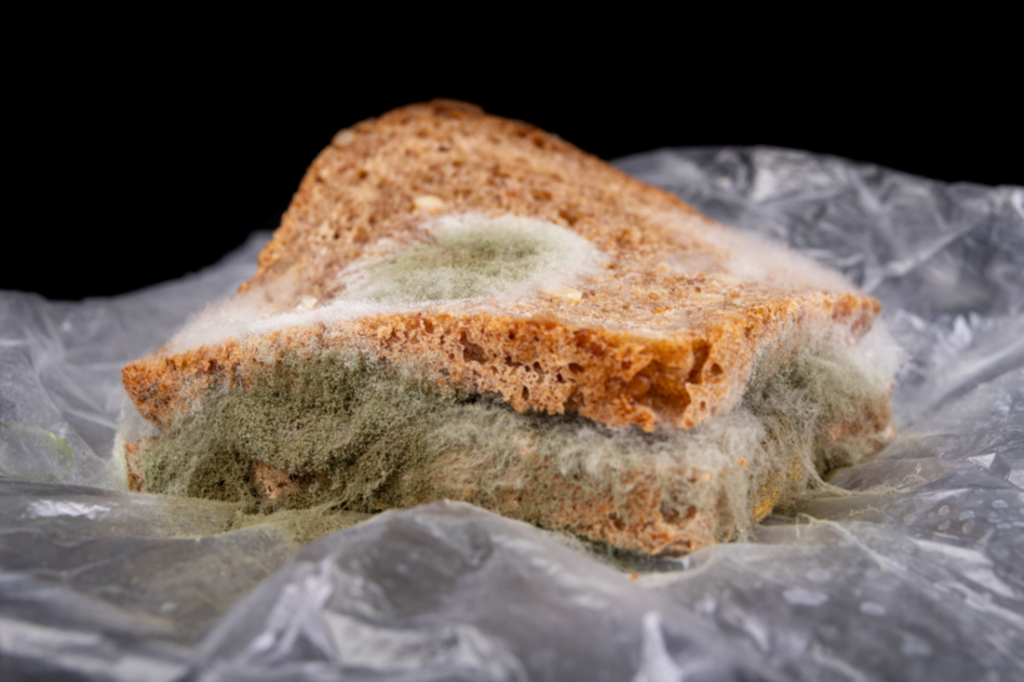
The Wall of Hope
The typical go-to-solution to resolve this issue has been to use a continuous foil faced thermoset insulation board such as DCT PIR Silver on the inside face of the concrete wall where is stands a good chance of being a continuous and durable air and vapour barrier.
The concrete wall in winter may still be at a temperature lower than the dew point of indoor air but there is a much greater likelihood that the foil faced rigid closed cell insulation, taped and continuous will be able prevent the indoor vapour from reaching the cold surface.
There is reasonable hope that with quality installation this will work and certainly provide more hope than a vapour barrier sandwich (the wall of slow death.)
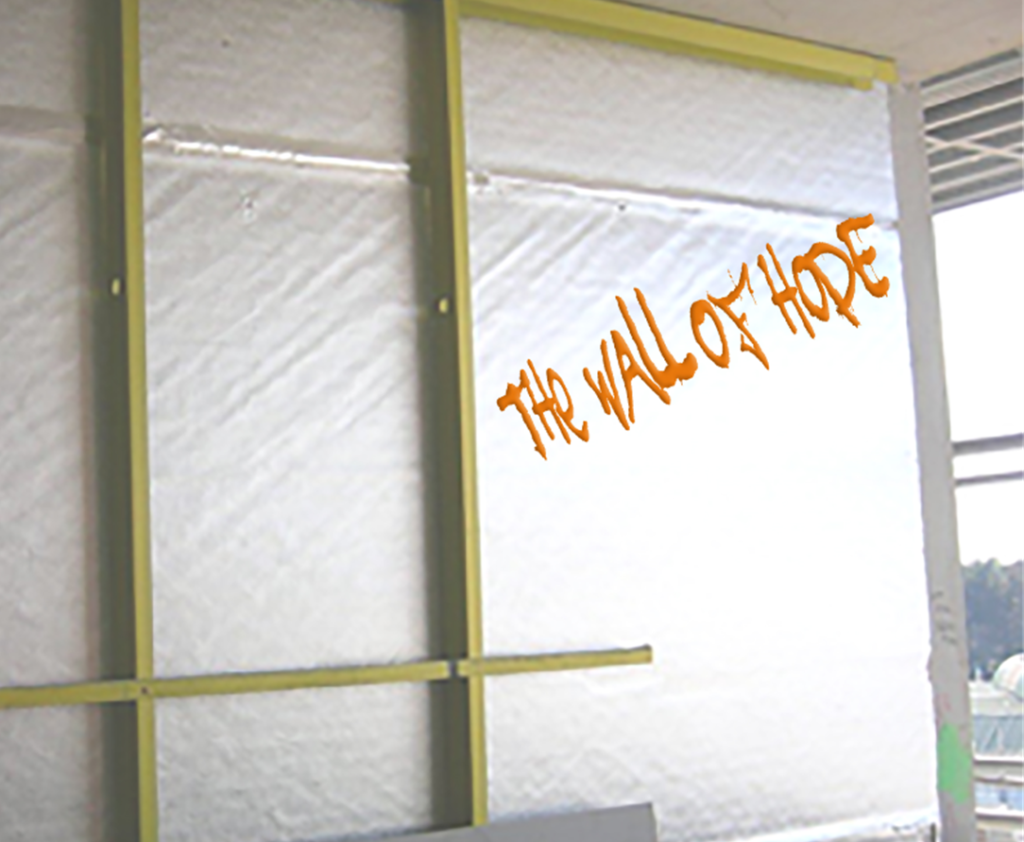
The difficulty with rigid foam insulation boards are that they are combustible and therefore not approved for use in deemed to satisfy type A type B non-combustible wall constructions.
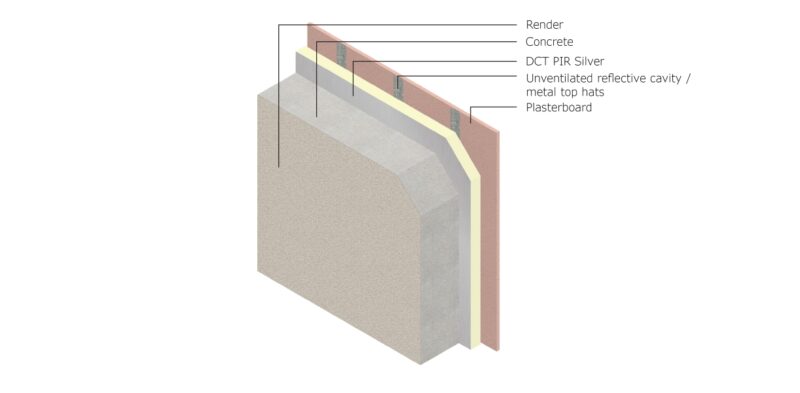
Figure 5. Wall of Hope
If this is the only available option then make sure you have the budget to bring in a fire engineer willing to step outside the deemed to satisfy pathway to compliance.
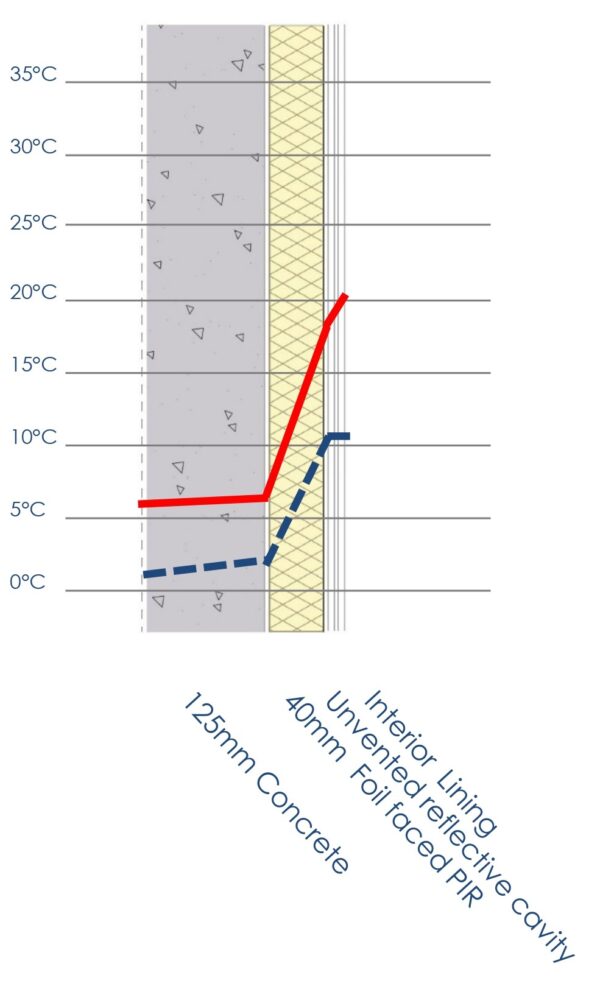
Figure 6. Wall of Hope Condensation Profile
The Perfect Wall
If your life, or the health of your occupants, depends on it, there is what Joe Lstiburek describes as the perfect wall². It does not even require a vapour barrier for temperate and cool climates.
The perfect wall is externally insulated with a non-combustible DCT Vulcanwool insulation protected by a rainscreen cladding supported by the Nvelope engineered helping hand sub-framing system.

Figure 7. The Perfect Wall.
The insulation is mechanically fixed directly to the exterior face of the masonry with minimal thermal bridging, to form a continuous insulation layer. As the DCT Vulcanwool insulation is deemed non-combustible as per AS 1530.1, this solution can be used for type A or B non-combustible wall construction.
The insulated masonry wall thermal mass is maintained through the year at close to the indoor temperature and thus maintained at above the dew point temperature of the indoor air.
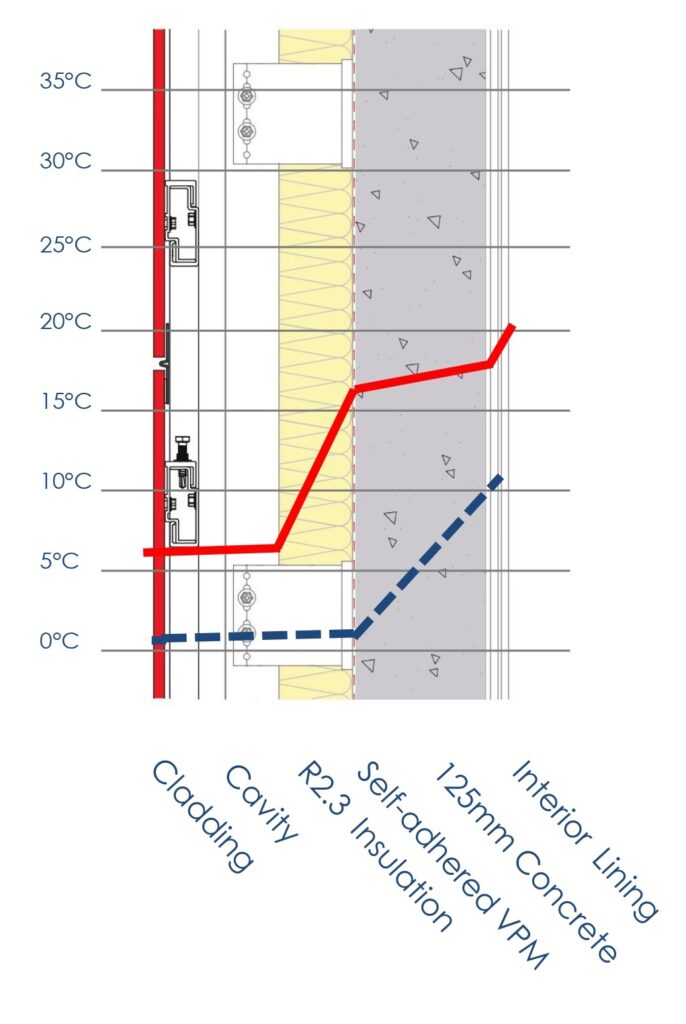
Figure 8. The Perfect Wall Condensation Profile
For more information please check out design DCT-W07-4 in the DCTech Technical Library.

- Insight 054, Risky Business: High Risk Walls, An edited version of this Insight first appeared in the ASHRAE Journal. Joseph W. Lstiburek, Ph.D., P.Eng., Fellow ASHRAE www.buildingscience.com
- Insight 001, The Perfect Wall, An edited version of this Insight first appeared in the ASHRAE Journal. Joseph W. Lstiburek, Ph.D., P.Eng., Fellow ASHRAE www.buildingscience.com


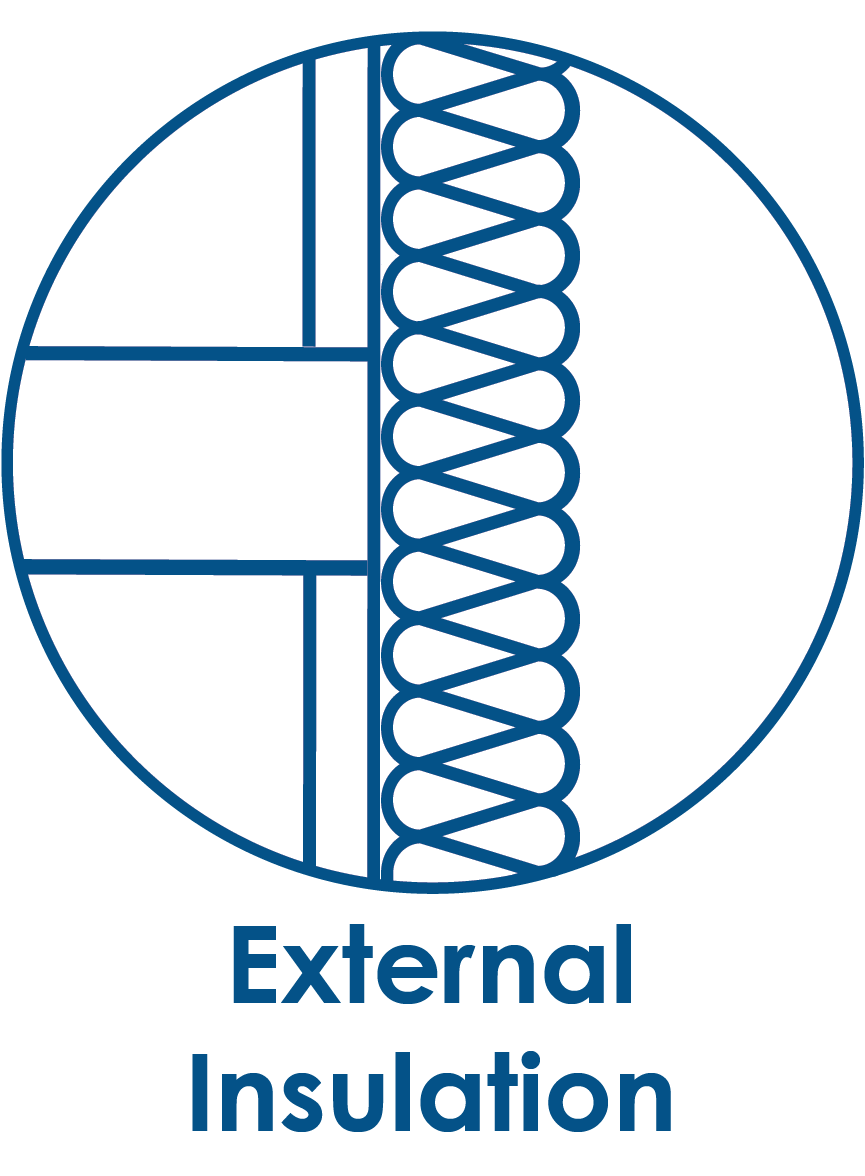






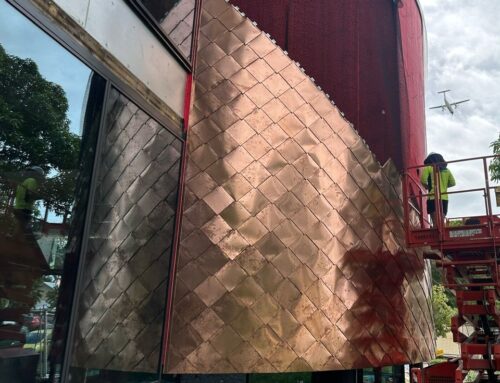
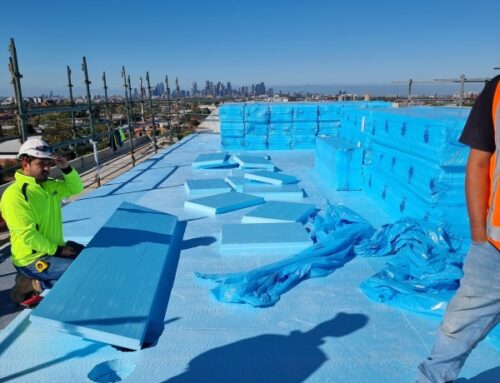
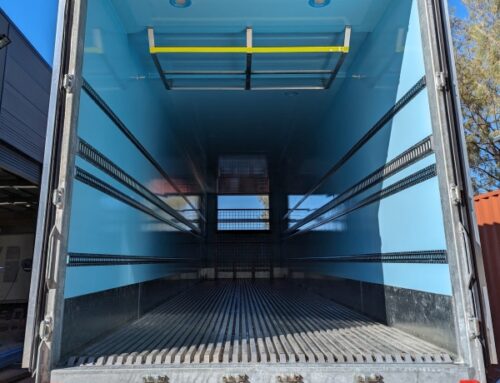
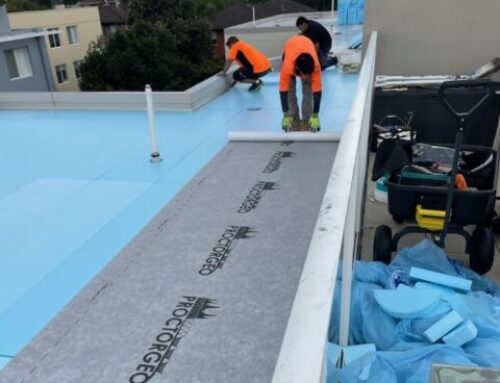
Leave A Comment
You must be logged in to post a comment.